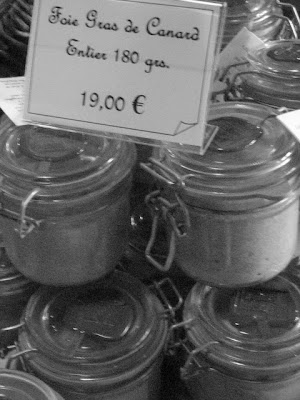Thursday, January 28, 2010
Monday, January 25, 2010
Gallivanting through the streets of a 16th C Spanish Colonial Town
Vigan, a historical village designated by Unesco as a World Heritage Site, is located on the western coast of Northern Luzon and is surrounded by three rivers: The Abra, The Mestizo and the Gostavo Rivers. The well-preserved trading town is known for its distinct fusion of European and Asian architecture from Celtic-like walls, to Filipino-style buildings (the ground floor is built with stone while the upper levels are constructed entirely of wood) a touch of Italian Renaissance, and then using the Spaniards' urban planning techniques. It is said that these ancestral homes (built with stone, terra cotta, shells, wood) were originally built by wealthy Chinese traders who conducted business on the ground floor and made the top floors their living quarters.
St. Paul's Cathedral is a Baroque structure built by the Augustinians in the late 1700's.
Labels:
We heart Travel
Foie Gras, Southern France
Foie gras is best served as a starter accompanied with fresh fruit jam, cheese (perhaps Camambert), toast and of course a nice glass (or two) of Bergerac.
French law states that "Foie gras belongs to the protected cultural and gastronomical heritage of France." However, the sale and production of this "delicacy of despair" has been banned in some countries such as the U.K., Denmark, Germany, the Czech Republic, Israel, Norway, Poland, Sweden, and Switzerland. Soon, the state of Cali, USA will also be added to the list effective 2012.
Labels:
We heart Foodies
Friday, January 22, 2010
Espada in Northern Luzon
Dried "Espada" (Spanish for "sword") fish dipped in apple cider vinegar, served with tomato and salted egg salad, and of course a scoop of steamed rice makes for a perfect Vigan brunch! Delish!
Labels:
We heart Foodies
Subscribe to:
Posts (Atom)


















